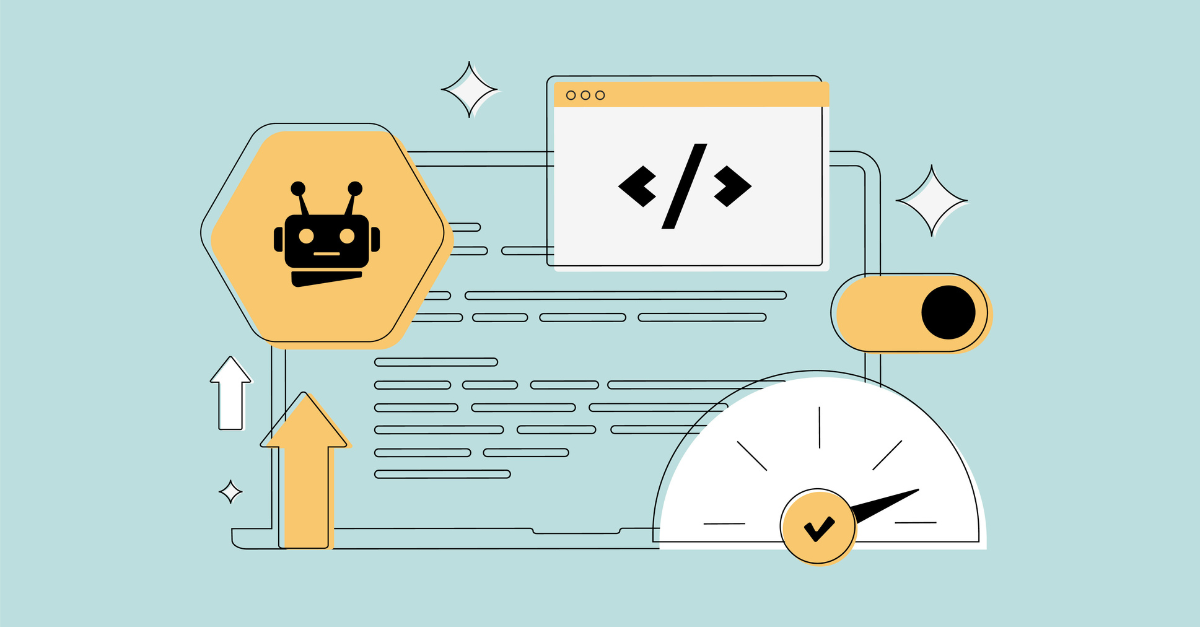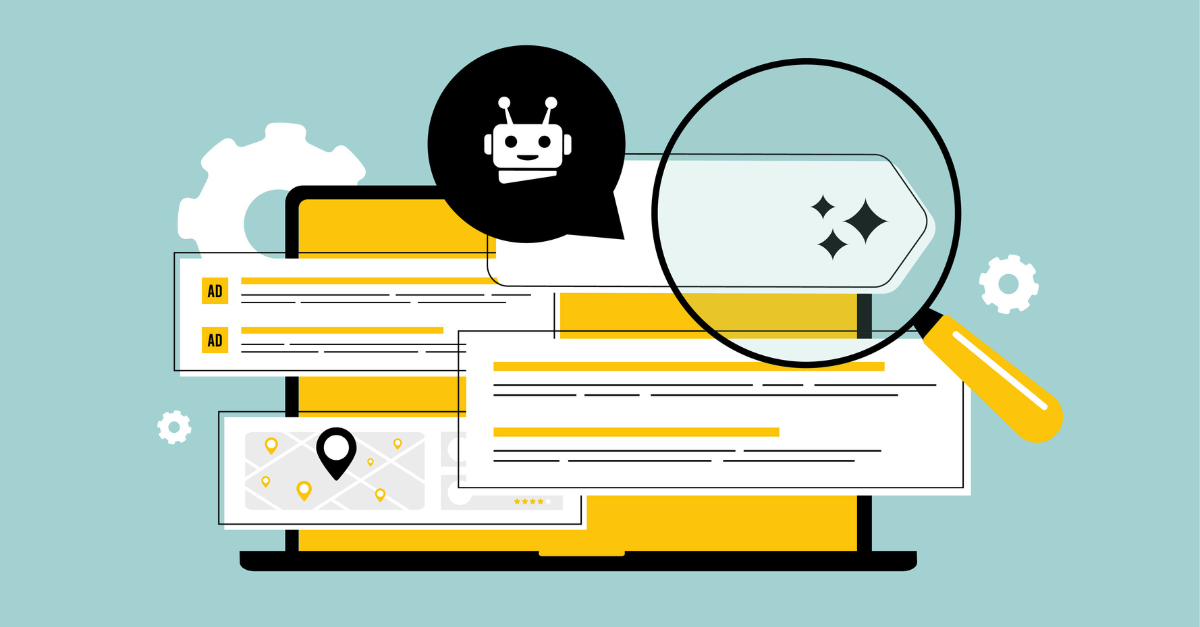Generative AI has changed the pace of marketing. What used to take hours of brainstorming, drafting, and approvals can now happen in minutes. With the right tools, brands can scale campaign production, personalize messages, and reach audiences faster than ever before.
But speed can be a double-edged sword. Without the right structure, AI-generated content can drift from your brand’s voice or spread inaccuracies at scale. The challenge for marketers isn’t just how to create more, it’s how to create more of what’s true to your brand.
Why Scale Matters and Why Voice Matters More
Today’s marketing teams are being asked to do more with less. Campaign cadences are tightening, channels are multiplying, and personalization is now the expectation rather than the exception. Generative AI offers a way to meet those demands, but scaling your campaigns shouldn’t mean sacrificing authenticity.
Your audience recognizes your voice, the tone, phrasing, and perspective that make your brand feel familiar. When that disappears, trust erodes quickly. The goal of using AI in campaign production isn’t to replace your brand’s voice; it’s to amplify it across every channel.
The Role of Generative AI in Modern Campaign Production
Generative AI is an exceptional partner for scaling campaign creation. It can help you:
- Brainstorm campaign ideas and creative directions
- Draft content outlines and message variations
- Create A/B test versions of subject lines and calls to action
- Adapt content for different platforms and personas
With integrations like the emfluence Marketing Platform’s AI-powered tools, marketers can move from concept to deployment with greater speed and efficiency. By automating repetitive tasks, teams free up more time to focus on strategy, storytelling, and creative refinement, the parts of marketing that still require distinctly human judgment.
Keeping Brand Voice Intact
Every brand has a unique rhythm, a way of speaking that builds recognition and trust. When using generative AI, preserving that rhythm is key.
Start by training AI tools on your existing brand materials: approved campaign copy, past social posts, and tone-of-voice guidelines. Then, build prompt templates that clearly define your desired tone, audience, and purpose. For example:
“Write an email promoting a Fall sale in a confident, conversational tone using our brand’s optimistic voice. Focus on community, quality, and craftsmanship.”
This type of structure helps AI generate on-brand content from the start. But even with strong prompts, human review is essential. Encourage your team to serve as editors who shape and refine AI-generated drafts, not just publish them. The result is faster output that still feels like “you.”
Oversight and Accuracy at Scale
Generative AI can accelerate content production, but it can also multiply mistakes just as quickly. Accuracy and oversight must scale alongside your campaigns.
Fact-checking remains non-negotiable. Verify every claim, statistic, and data point AI provides before it reaches your audience. Create internal checkpoints that include:
- Fact validation: Confirm sources and data accuracy
- Brand review: Ensure tone, phrasing, and vocabulary align with your standards
- Compliance review: Check for legal, ethical, or industry-specific guidelines
Think of AI as a co-pilot, not an autopilot. The marketer’s role is to guide, review, and approve. By establishing clear oversight processes, your team can produce large volumes of content confidently without compromising truth or tone.
Scaling Intelligently: Real-World Campaign Examples
Imagine this in practice:
- Email Campaigns: AI generates ten subject line variations that maintain your brand tone and personality, helping you test performance while staying consistent.
- Paid Ads: AI refreshes creative for multiple audience segments, adjusting the message without losing your brand’s essence.
- Social Content: AI helps you repurpose longer content into short, channel-specific posts that still sound distinctly like your brand.
Each of these examples uses AI to increase speed and personalization, but only within the boundaries your team sets for brand voice and accuracy.
Preparing for the Future of Generative Advertising
Generative AI is quickly moving beyond content creation and into the advertising ecosystem itself. In the near future, brands could see their messaging appear inside AI-generated search results or conversational experiences.
In this evolving landscape, your first-party and zero-party data, the information customers willingly share with you, becomes even more valuable. Clean, consent-based data not only informs more relevant campaigns but also gives AI tools better material to work with. Brands that invest now in data quality and consistent brand messaging will have a clear advantage as AI-driven media continues to expand.
Key Takeaways
- AI should amplify your brand’s best qualities, not replace them.
- Scale requires systems. Build workflows for accuracy, tone consistency, and compliance.
- Human oversight keeps your voice authentic. The best results come from collaboration between AI and marketers.
- High-quality first-party and zero-party data fuel better personalization.
Generative AI is transforming campaign creation. The brands that use it responsibly, with guardrails, creativity, and a strong sense of voice, will be the ones that scale successfully.
Ready to scale your marketing campaigns without sacrificing brand integrity or accuracy? Let’s talk about how emfluence can help you combine automation and authenticity. Reach out to us at growthexperts@emfluence.com.



